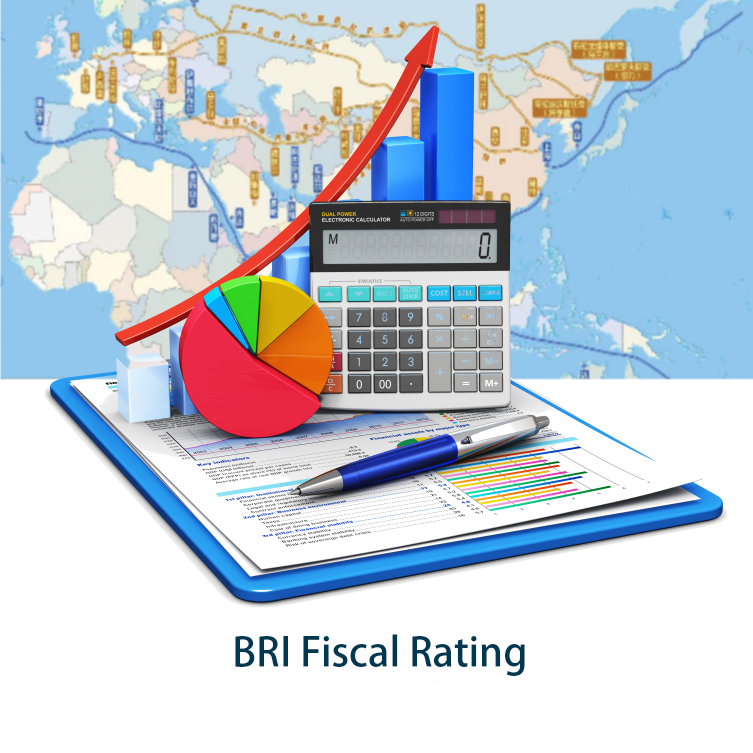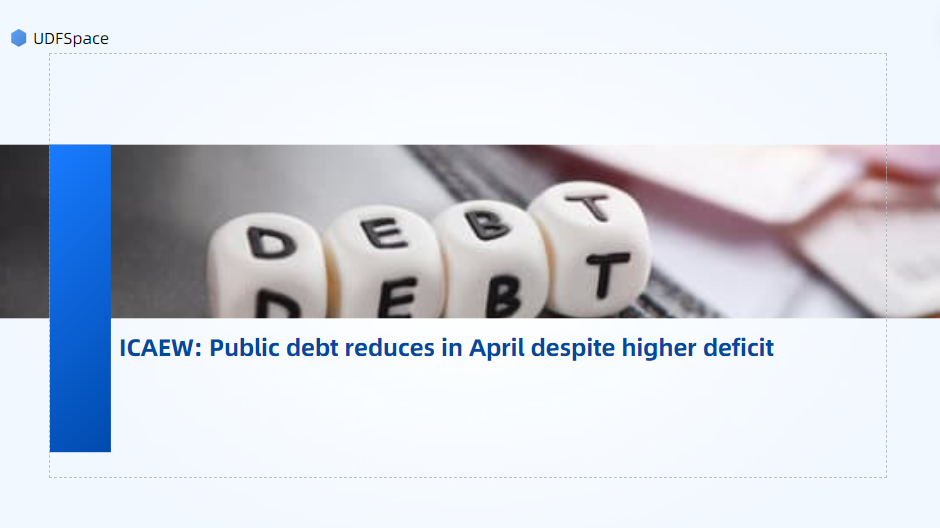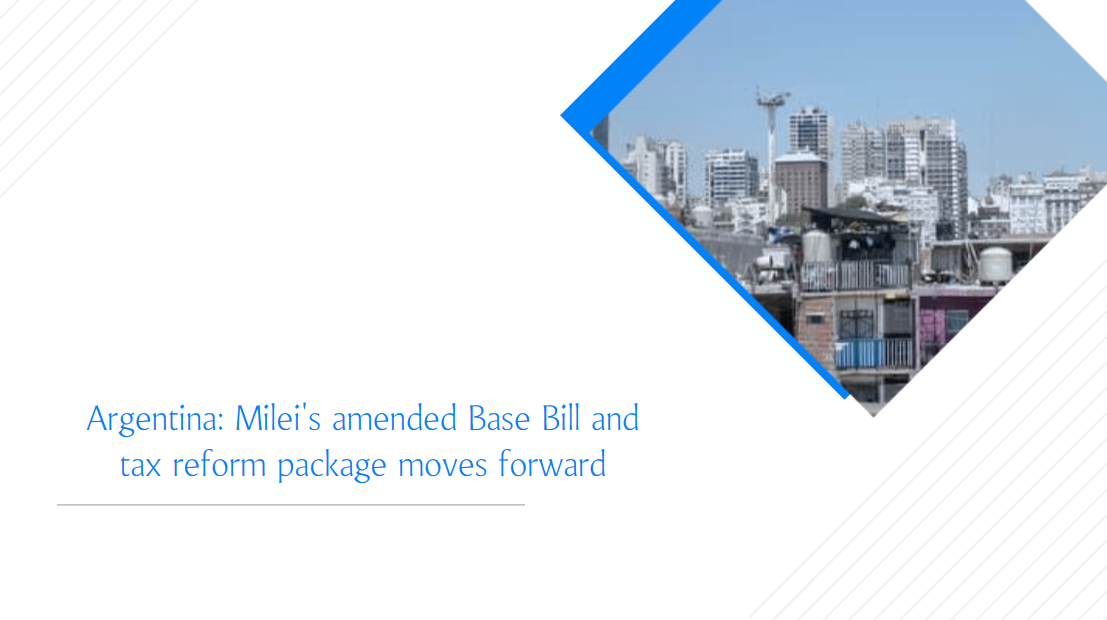Fitch affirms Oman's ratings at ‘BB+’ with stable outlook
Fitch Ratings has affirmed Oman's Long-Term Foreign-Currency Issuer Default Rating (IDR) at ‘BB+’ with a stable outlook.
Oman's ratings are supported by a higher GDP per capita, the positive impact of recent budget reforms, and a decreasing government debt-to-GDP ratio, Fitch said in a statement released on Friday.
‘High dependence on oil revenue, modest financial buffers given high exposure to volatile hydrocarbon prices, and Oman’s net external debtor position weigh on the ratings. We anticipate Oman will retain a focus on improving its non-oil fiscal balance, although the record is short,’ Fitch said.
Budget surpluses continue
Fitch projects Oman's budget surplus to narrow to 2.2% of GDP in 2024 and 0.9% in 2025 from 3.2% in 2023, assuming a Brent oil price of $80 and $70 per barrel, respectively.
The rating agency estimates Oman's fiscal breakeven oil price at $65-70 per barrel, indicating that Oman will continue to post budget surpluses this year and next year.
Fitch assumes OPEC+ will unwind production quotas from the fourth quarter of 2024, which will mitigate part of the revenue loss from lower oil prices for Oman, although overall hydrocarbon revenue will still drop by 11% in 2025. Oman is a member of OPEC+ alliance.
The rating agency acknowledged that the Omani authorities continue to improve tax enforcement while streamlining taxes and fees, resulting in moderate growth of non-oil revenue.
‘Oman is making progress towards personal income tax, which could bring a small amount of additional revenue from 2026. We project non-oil revenue to reach 10.6% of GDP at end-2024, up from 9.7% in 2019. There are currently no plans to increase value-added tax (VAT), although the measure could be revived in a low oil price scenario,’ Fitch added.
Falling debt
As per Fitch’s estimates, Oman's debt-to-GDP ratio will fall to 32.4% of GDP at the end of 2024 and 31.9% in 2025 from 36.5% at the end of 2023 and 68% in 2020.
‘Oman continues to prepay some of its debt, using the budget surplus from high oil prices. We expect Oman to have repaid nearly $2.9bn in external debt in the first half of 2024. The resulting 10% drop in external debt from end-2023 is faster than our forecast at our last review in September 2023,’ the agency said.
Fitch noted that Oman's debt management has smoothed the debt profile, reducing the risk of liquidity pressures. It said, ‘The authorities aim to gradually increase the share of domestic debt by developing the local market and refinancing part of the upcoming external debt maturities in Omani rial.’
Growth to bounce back
Fitch projects Oman's overall GDP growth of 1.8% in 2024, after 1.3% in 2023, supported by non-oil growth of 2.7% in 2024, driven by greater domestic consumption, robust foreign investment, tourism, and downstream hydrocarbon.
As per Fitch's estimates, the sultanate's hydrocarbon GDP will contract slightly in 2024 under the effect of OPEC+ quotas.
‘The authorities expect non-oil growth to pick up to 3.9% in 2025, but Fitch projects only 2.8%, assuming a substantial import content of additional domestic demand generated by the widening of the social benefits and more moderate growth in foreign direct investment, although risks are tilted towards faster growth. Green hydrogen projects remain in the study phase and no final investment decisions have been made,’ Fitch said.






















































First, please LoginComment After ~